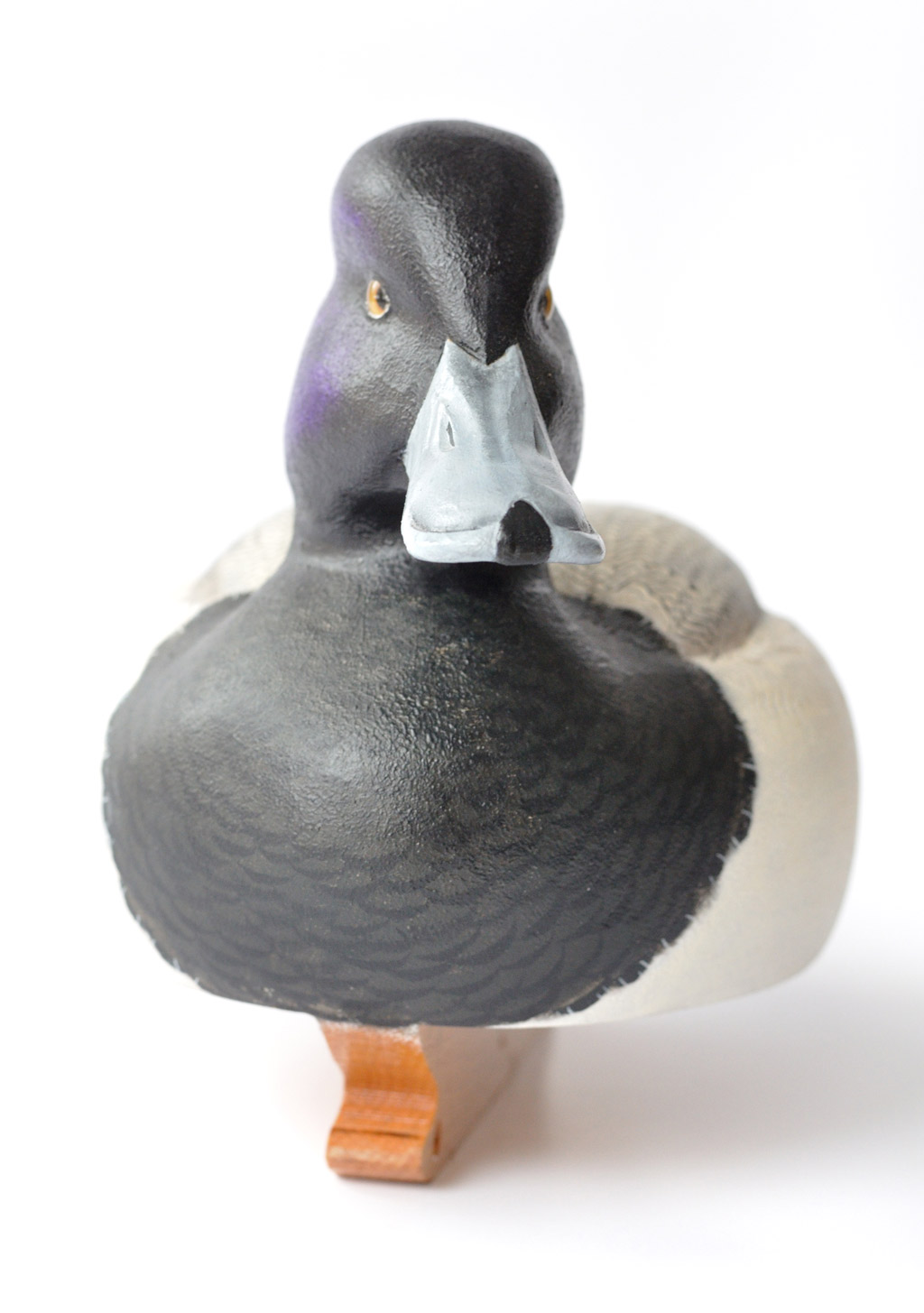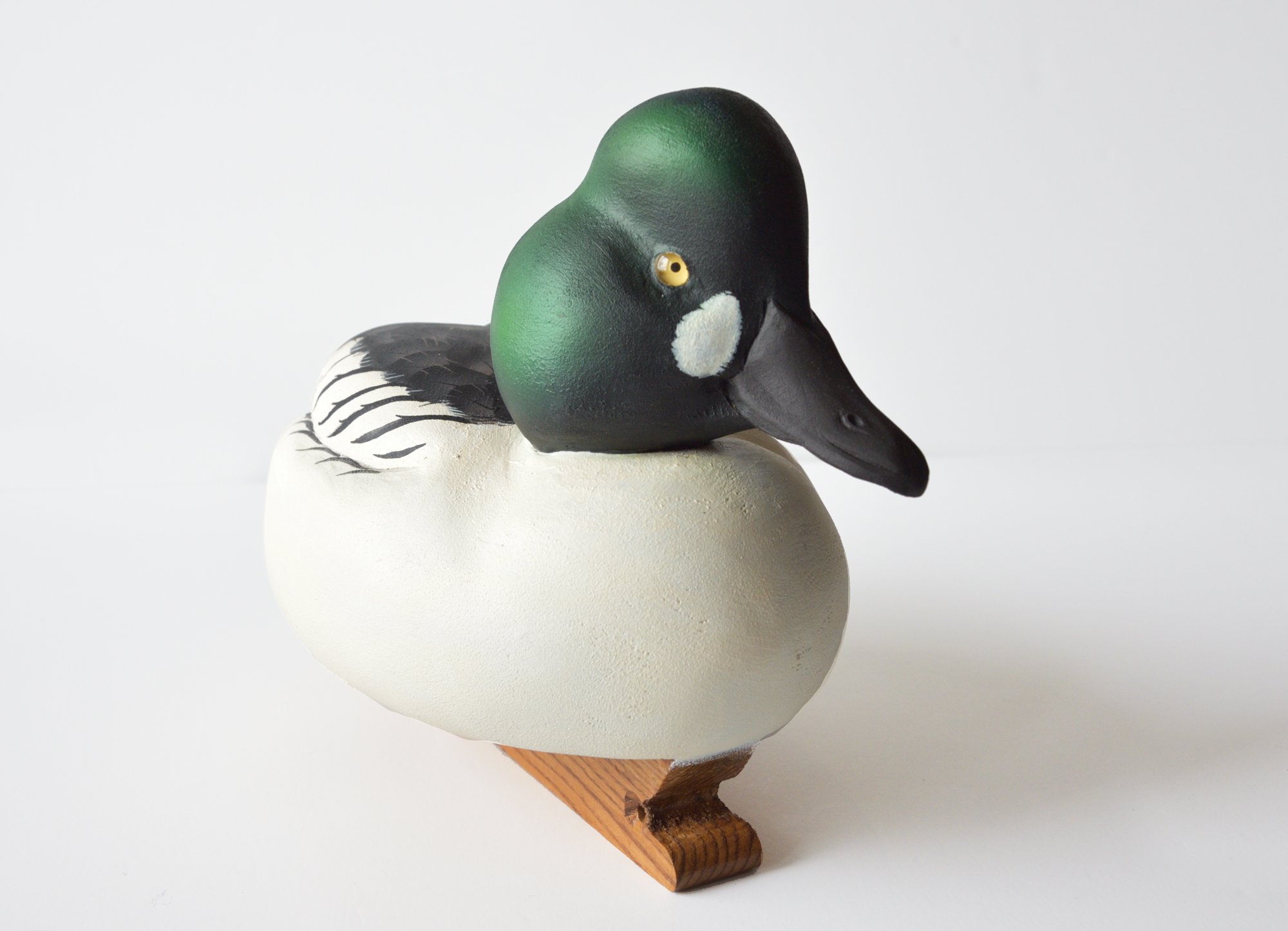
4
Green-winged Teal Decoy

4
Canvasback Decoy

5
Mallard Decoy

4
Wigeon Decoy

3
Pintail Decoy

5
Redhead Decoy

2
Ringneck Decoy

3
Lesser Scaup Decoy

3
Greater Scaup Decoy

2
Tullibee Decoy

6
Gadwall Decoy

3
White-winged Scoter Decoy

7
Black Duck Decoy

4
Hooded Merganser Decoy

4
Common Loon

5
Snakey Head Style Mallard Decoy

4
Bluebill Drake Decoy

5
Common Goldeneye Decoy



























































